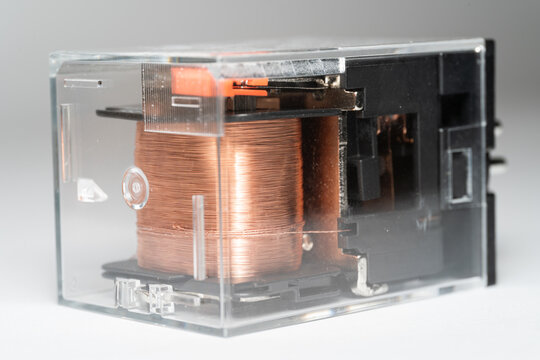In the realm of electrical engineering, power relays play a pivotal role in controlling and managing electrical circuits. These versatile devices act as switches, allowing or interrupting the flow of electrical current in response to specific conditions. In this blog post, we will delve into the intricate functions of a power relay, exploring its diverse applications and highlighting its significance in various industries.
- Controlling Electrical Circuits:
At its core, the primary function of a power relay is to control the flow of electrical current in a circuit. By acting as an electromagnetic switch, it enables the activation or deactivation of electrical devices or systems. This capability makes power relays indispensable in numerous applications, ranging from industrial automation to consumer electronics. - Overcurrent Protection:
Power relays also serve as guardians of electrical systems, providing overcurrent protection. By monitoring the current passing through a circuit, they can detect abnormal or excessive current levels. When such conditions occur, the power relay swiftly interrupts the circuit, preventing damage to the connected devices and ensuring the safety of the overall system. - Voltage Regulation:
In addition to controlling current flow, power relays are instrumental in regulating voltage levels. They can be employed to stabilize voltage fluctuations, ensuring a consistent and reliable power supply to sensitive equipment. This function is particularly crucial in industries such as telecommunications, where uninterrupted power is essential for seamless operations. - Time Delay Functions:
Power relays can be equipped with time delay features, allowing for precise control over the activation or deactivation of electrical circuits. This capability finds applications in scenarios where sequential operations or time-dependent processes need to be coordinated. For instance, in industrial machinery, time delay relays enable the orderly startup and shutdown of various components, optimizing efficiency and preventing damage. - Fault Diagnosis and Remote Monitoring:
Advanced power relays incorporate diagnostic capabilities, enabling the detection and identification of faults within electrical systems. By monitoring parameters such as voltage, current, and temperature, these relays can identify potential issues and trigger alarms or notifications. This functionality facilitates proactive maintenance and troubleshooting, reducing downtime and enhancing system reliability.
Conclusion:
From controlling electrical circuits to providing overcurrent protection, voltage regulation, time delay functions, and fault diagnosis, power relays are indispensable components in modern electrical systems. Their multifaceted functions ensure the efficient and safe operation of various industries, including manufacturing, automation, telecommunications, and more. By understanding the diverse applications and capabilities of power relays, engineers can harness their power to optimize performance, enhance safety, and drive innovation in the ever-evolving world of electrical engineering.
